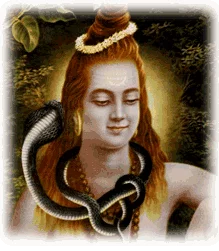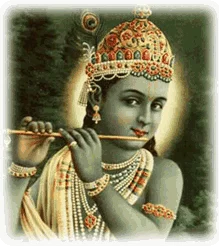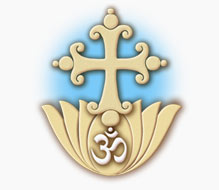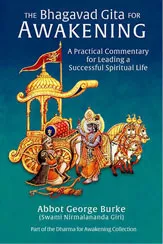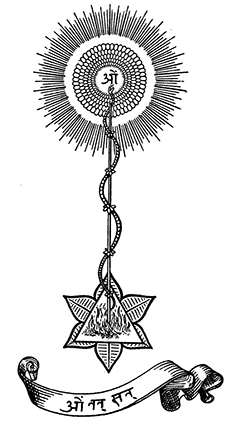
A selection on the Subtle Anatomy of the Yogi, from Perspectives on Yoga: Living the Yoga Life, now available at Amazon.com.
It is good for the aspiring yogi to have some theoretical knowledge of his subtle anatomy, for that is the inner mechanism which comes more and more into function on the conscious level as he progresses further and further toward enlightenment.
The three major channels within our subtle bodies, Ida, Pingala and Sushumna, carry not only the movements of the highest, rarefied spiritual energies which evolve us, but through them consciousness itself moves and manifests.
***
The Ida, Pingala and Sushumna are found united in the head (brain), the Sahasrara or Thousand-Petalled Lotus. There is the Chidakasha, the Space of Consciousness, the Heart Space. Meditating there is meditating in the heart.
***
The supreme center of conscious in the individual is the Sahasrara, the thousand-petalled lotus located in the head, corresponding to the brain, for it is the astral and causal brain. As a consequence, meditation should take place in the head, as it is the place where Self-realization takes place, and where we should keep our awareness centered. For in the head we find the Brahmanadi, the channel in which the consciousness rises upward from the body into the head, through which it moves as liberation is attained, and through which we ascend beyond the bodies into Spirit Itself at the time of death.


